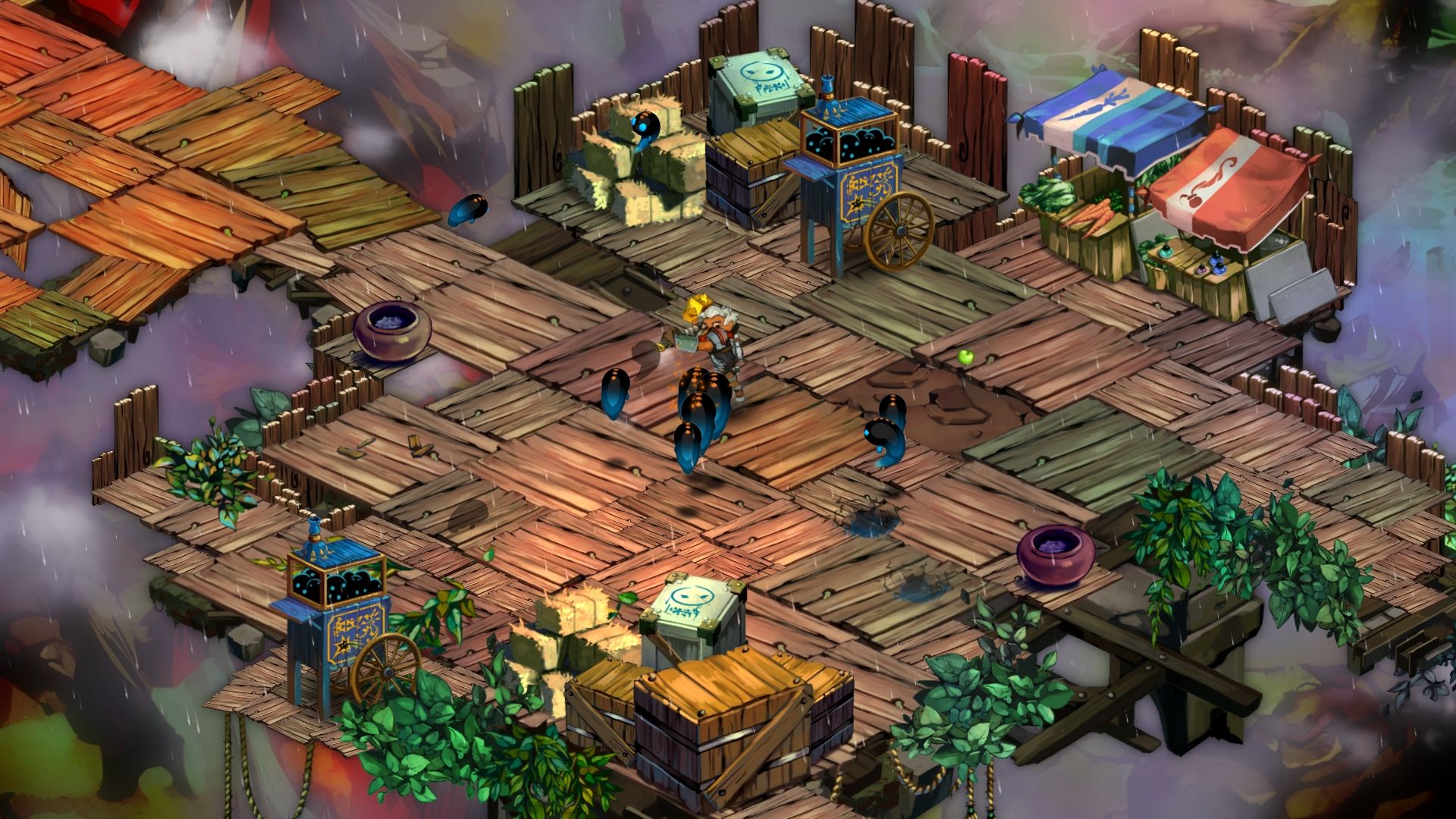


If a character vendored, disenchanted, or destroyed a Dragonflight Season 1 item that you want to use for this system, please visit the World of Warcraft Item Restoration page for assistance. Completion will then award a separate charge for each character on the account which includes any characters that get created in the future! The total number of charges that can be stored for an individual character is currently capped at 6. This can be done on a single character or combined across multiple characters on the account. Progress towards this quest will require players to complete relevant Raid, Mythic+, PvP, and/or world content. Tier set appearance pieces which do not contribute to the tier set bonus will be granted for belts, boots, bracers, and cloaks.Įach week, an account-wide quest will be available which awards a charge to the Revival Catalyst. Tier set pieces which contribute to the tier set bonus will be granted for chests, gloves, legs, helms, and shoulders. Eligible items can be earned through Mythic+ dungeons, PvP, the Vault of the Incarnates raid dungeon, Tier 2 (Epic) Storm Gear, Tier 2 Warmode gear, World Bosses, and direct options from The Great Vault. To access it, characters will travel to the northern side of Tyrhold in Thaldraszus and the console is located next to the NPC Antuka.Īt a base level, the Revival Catalyst will allow players to turn Season 1 Dragonflight gear into corresponding tier gear for that slot. Even more striking than becoming the first non-Italian pope in four and a half centuries (since Dutchman Adrian VI, elected in 1523) was that Wojtyła hailed from a communist country, leading an Italian journalist to proclaim "the Soviets would prefer Aleksandr Solzhenitsyn as Secretary-General of the United Nations than a Pole as Pope." Popular reaction in Poland was unprecedented and the mass outpouring of joy by the people made it clear, as George Weigel has argued, that "Poland was not a communist state Poland was a Catholic nation saddled with communism.The Revival Catalyst will become available for players after scheduled maintenance the week of January 24. In October of that year, the former Archbishop of Kraków, Karol Wojtyła, had been elected to the papacy. As the Cold War era commenced, the Soviet Union's efforts to bend Polish society toward atheistic materialism, via the proxy rule of men such as Gomułka, Bierut, and Gierek, seemed to be working. But by the close of World War II, with Poland firmly in the grasp of the Soviet Union, Polish Christianity was threatened by a communist system that sought not only to subdue religious devotion but to utterly eradicate it. From MieszkoI's baptism in the Western Rite in 966, to the crowning of Mary (Our Lady of Częstochowa) as Queen and Protector of Poland in 1656, the religion has defined Polish culture. While done with words not guns, John Paul, via his 1979 pilgrimage, set off a revolution just as consequential as the storming of the Bastille and Lenin's seizure of power in post-tsarist Russia.Throughout roughly a millennium of Polish history nothing has been more identifiable with the country than its Roman Catholicism. Drawing from a bevy of primary sources in the form of the Pope's homilies, addresses, and speeches during his nine-day visit in 1979, this article takes a thematic look at the visit itself, reaction to it, and, finally, long-term effects. This "renaissance" produced significant consequences both within Polish borders and beyond, serving as the glue of the 1980s' Solidarity movement (Solidarność) and, therefore, helping to facilitate the collapse of Polish communism and indeed the entire Soviet Union. The Pope's first trip to Poland awoke a religious zeal and national pride that had lain largely dormant for years under the weight of Soviet rule. That historic visit, from June 2 through June 10, 1979, is the focus of this article. As soon as time allowed he planned to make a pilgrimage to his homeland. George Weigel has argued, that "Poland was not a communist state Poland was a Catholic nation saddled with communism." Pope John Paul II, as Wojtyła was now known, was not content with sitting in Rome and merely giving moral support to his home country.


 0 kommentar(er)
0 kommentar(er)
